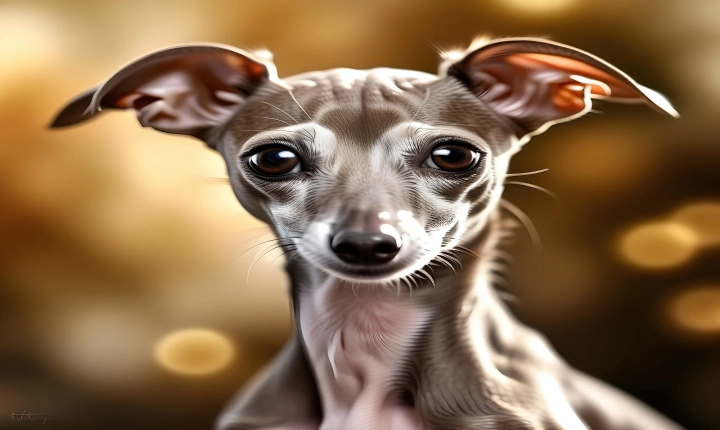Can AI be more creative than humans? It’s a question that has been debated for years, as the capabilities of artificial intelligence continue to advance at a rapid pace. While creativity has long been considered a uniquely human characteristic, recent developments in AI have raised the possibility that machines could surpass humans in this realm.
AI has already demonstrated impressive proficiency in various creative tasks, such as composing music, generating art, and even writing poetry. In some cases, AI-generated works have been indistinguishable from those created by humans. This has led many to wonder if AI’s ability to analyze vast amounts of data and rapidly iterate on different possibilities could ultimately lead to more inventive and original outputs than those of humans.
One of the key arguments in favor of AI’s potential to be more creative than humans lies in its ability to draw from a wider range of influences and sources. While human creativity is undoubtedly shaped by personal experiences and cultural factors, AI has the capacity to ingest and process an enormous trove of diverse information from across the globe. This ability to synthesize disparate ideas and concepts could lead to novel and unexpected creative outputs that may elude human creators.
Furthermore, AI’s lack of inherent biases and preconceptions may allow it to approach creative tasks in a more neutral and impartial manner. Humans are bound by their individual perspectives and cognitive limitations, which can sometimes hinder their ability to think outside the box. In contrast, AI is capable of considering a broader spectrum of possibilities without being constrained by personal biases or conventional thinking patterns.
However, it’s important to recognize that creativity is not solely defined by the ability to produce new and original works. Human creativity is also deeply intertwined with emotions, intuition, and personal expression – aspects that have traditionally been challenging for AI to replicate. While AI can excel in generating content that aligns with predetermined stylistic or thematic parameters, the ability to infuse creations with genuine emotion and humanity remains a elusive challenge for machines.
Another point of contention in the debate is whether AI’s creative outputs can truly be considered original or whether they are simply amalgamations of existing ideas and patterns. Some argue that AI’s “creativity” is essentially a sophisticated form of remixing and recontextualizing existing material, rather than genuine innovation. In contrast, human creativity is often born from a deep well of personal experiences, emotions, and insights that are uniquely human.
Despite the remarkable progress made in AI-driven creativity, it’s clear that the comparison between AI and human creativity is complex and multifaceted. Ultimately, the question of whether AI can be more creative than humans may not be the most productive framing of the discussion. Instead, it may be more valuable to explore how AI can complement and amplify human creativity, rather than seeking to surpass it.
AI’s potential to aid and inspire human creativity is significant, particularly in fields such as design, music, and storytelling. By leveraging AI tools to augment their creative processes, humans can harness the power of data-driven insights and pattern recognition to expand their artistic horizons. In this way, AI can serve as a catalyst for human creativity, enabling creators to explore new frontiers and push the boundaries of what is possible.
In conclusion, while AI has made remarkable strides in the realm of creativity, the unique blend of emotions, experiences, and intuition that defines human creativity remains an unparalleled aspect of the human condition. Rather than viewing AI as a potential rival in the realm of creativity, it may be more beneficial to embrace it as a supportive partner that can enhance and diversify the creative landscape. The fusion of human ingenuity and AI-driven innovation has the potential to usher in a new era of artistic expression and problem-solving that transcends the limitations of either alone.
